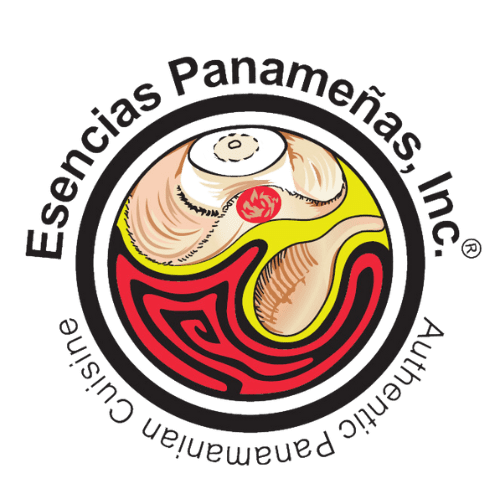Culantro vs Cilantro – they are not the same

Culantro (Eryngium foetidum) is a tropical perennial herb in the family Apiaceae. It is both a cooking and medicinal herb well known in the Caribbean, West Indies and the Far East. Here in the United States, outside of ethnic neighborhoods, it is not very well known. Usually confused with the now ubiquitous cilantro, found in tacos, salads and many things Mexican, but they are not the same. Also known as shado beni (Trinidad & Tobago) and recao (Puerto Rico). In Asia, Culantro is most popular in Thailand, Malaysia, and Singapore, where it is commonly used with or instead of cilantro for soups, noodle dishes, and curries.
Because of the increasingly presence of West Indian, Latin American, and Asian immigrant communities in the US, it is slowly becoming better known and easier to find. Many Asian farmers markets carry it, and definitely, you can find it in any Latino market. Some people tend to replace Culantro with Cilantro in recipes where it is called for, if it cannot be found. However, Culantro has a more robust flavor, and unlike Cilantro, it isn’t usually consumed fresh. It is best used in cooking to bring out the flavor of foods. In Panama, it is the key ingredient when making “Sancocho”, which is our Chicken soup broth that is used to cure all ailments. Blended with sweet green peppers, scallions, parsley, and onions make a “recao verde” (green blend) that we use to marinade meats, as well as to cook beans and make stews.
Culantro is rich in iron, riboflavin, calcium, and carotene. Its leaves are an excellent source of vitamin A, B2, B1 and C, powerful antioxidants which help vitality and immunity. Medicinally, the leaves and roots are boiled for fevers, chills, vomiting, diarrhea, colds and convulsions. The water is taken for pneumonia, flu, diabetes, constipation, and malaria fever. Culantro is anti-inflammatory and contains large amounts of plant sterols, so it can help with asthma, arthritis, and swelling. Culantro tea can sooth earaches, stomachaches and headaches. In some countries, Culantro is also called Fitweed because it is said to help prevent or sooth away epileptic fits.
